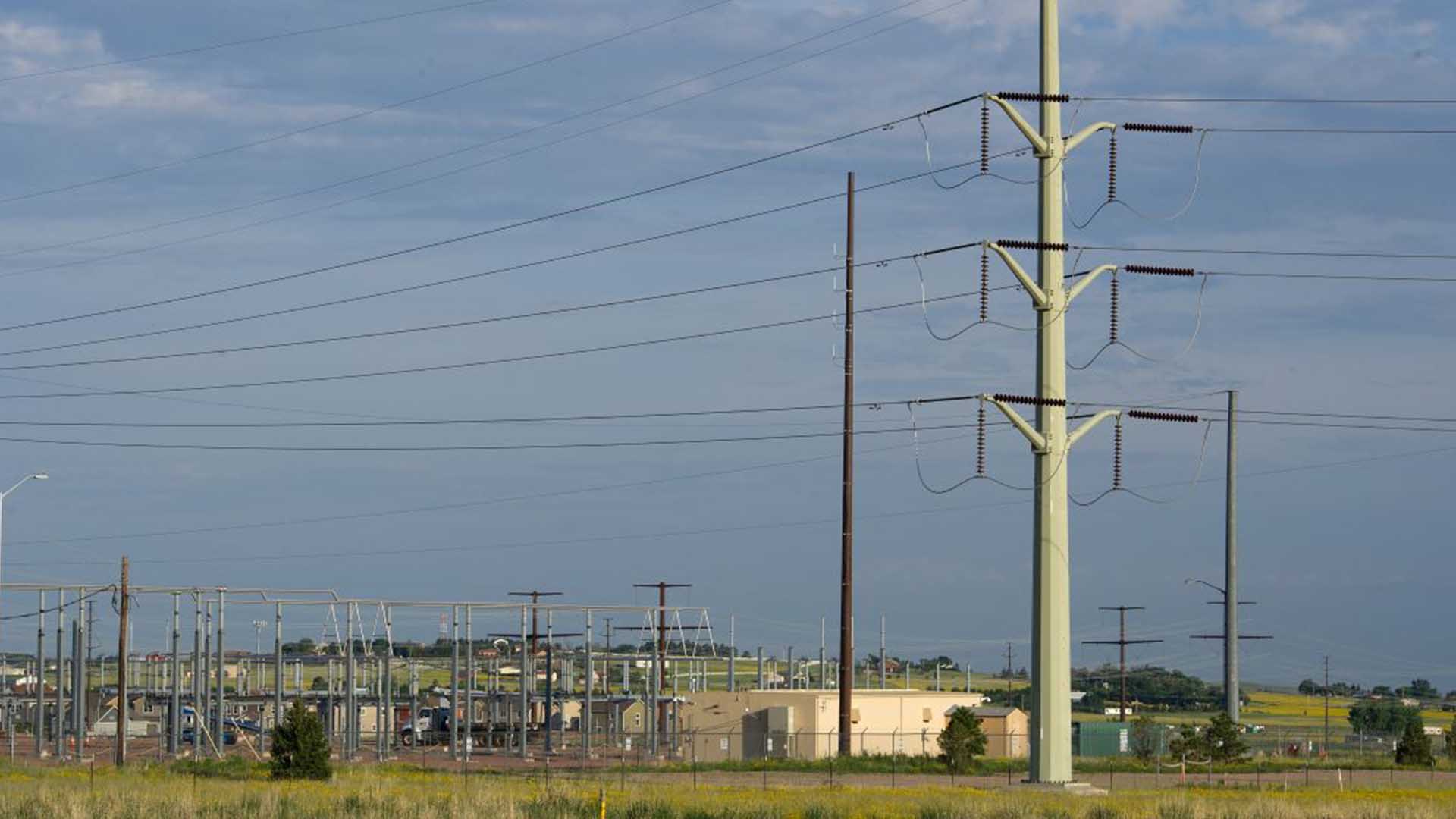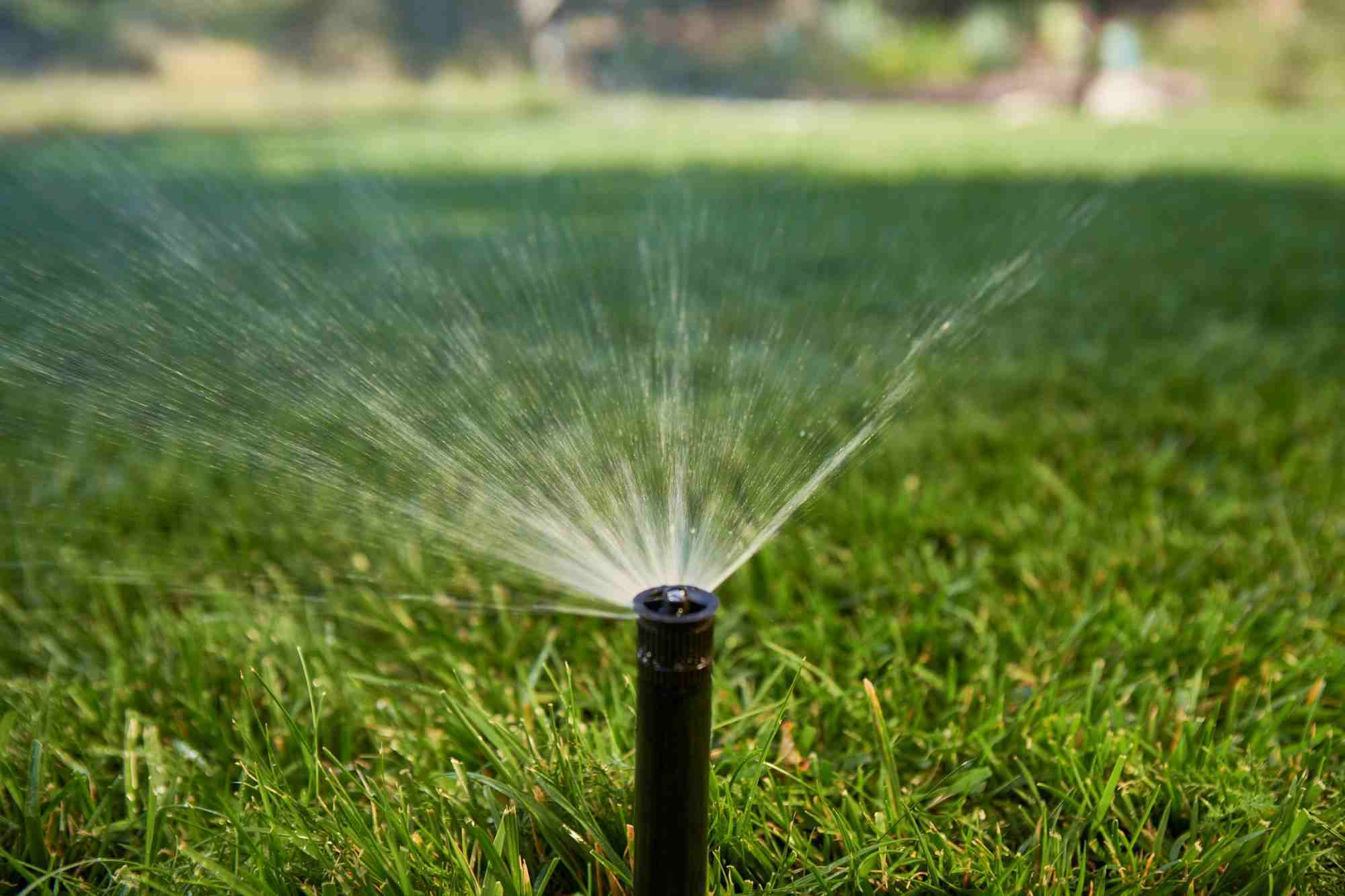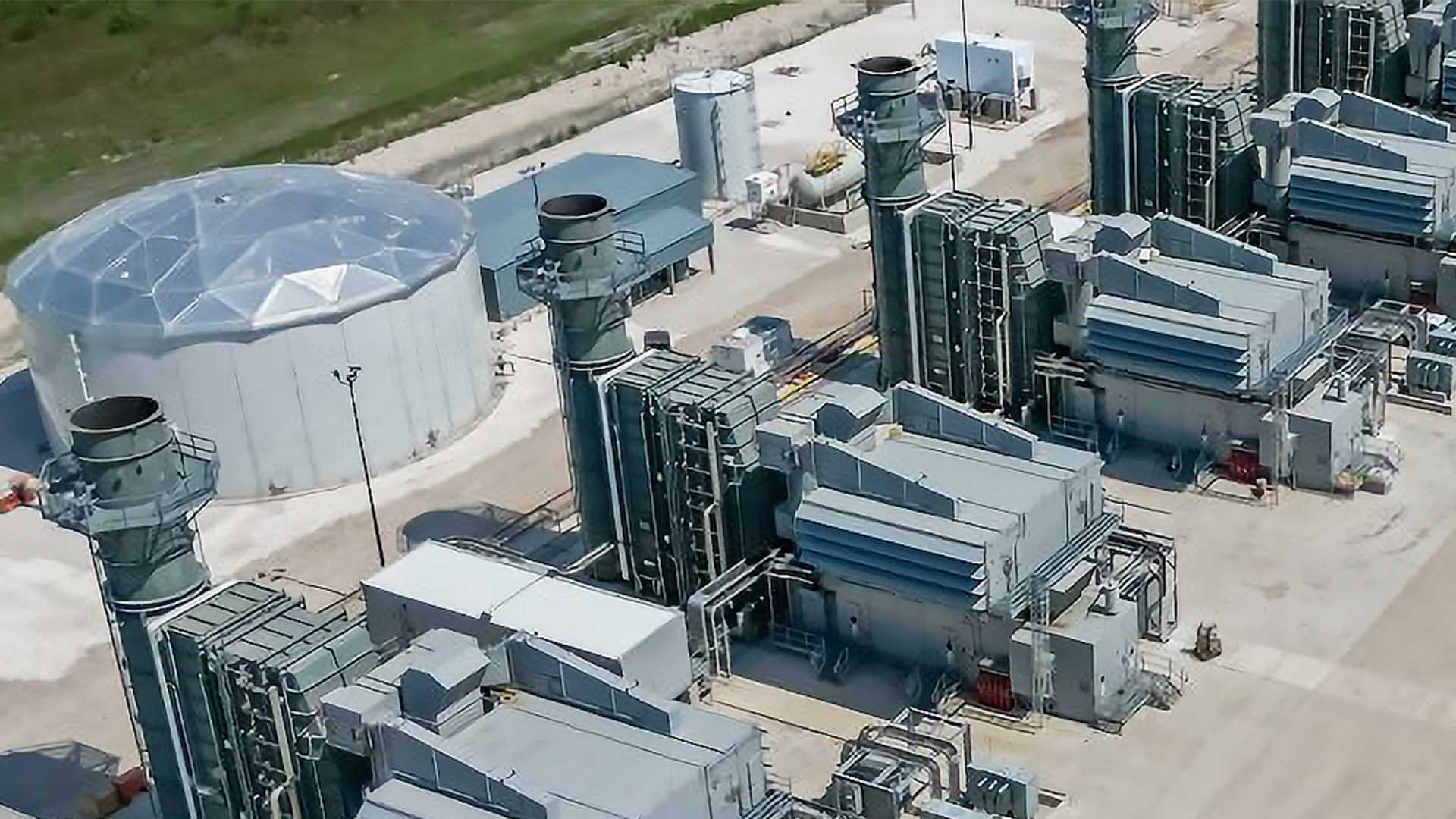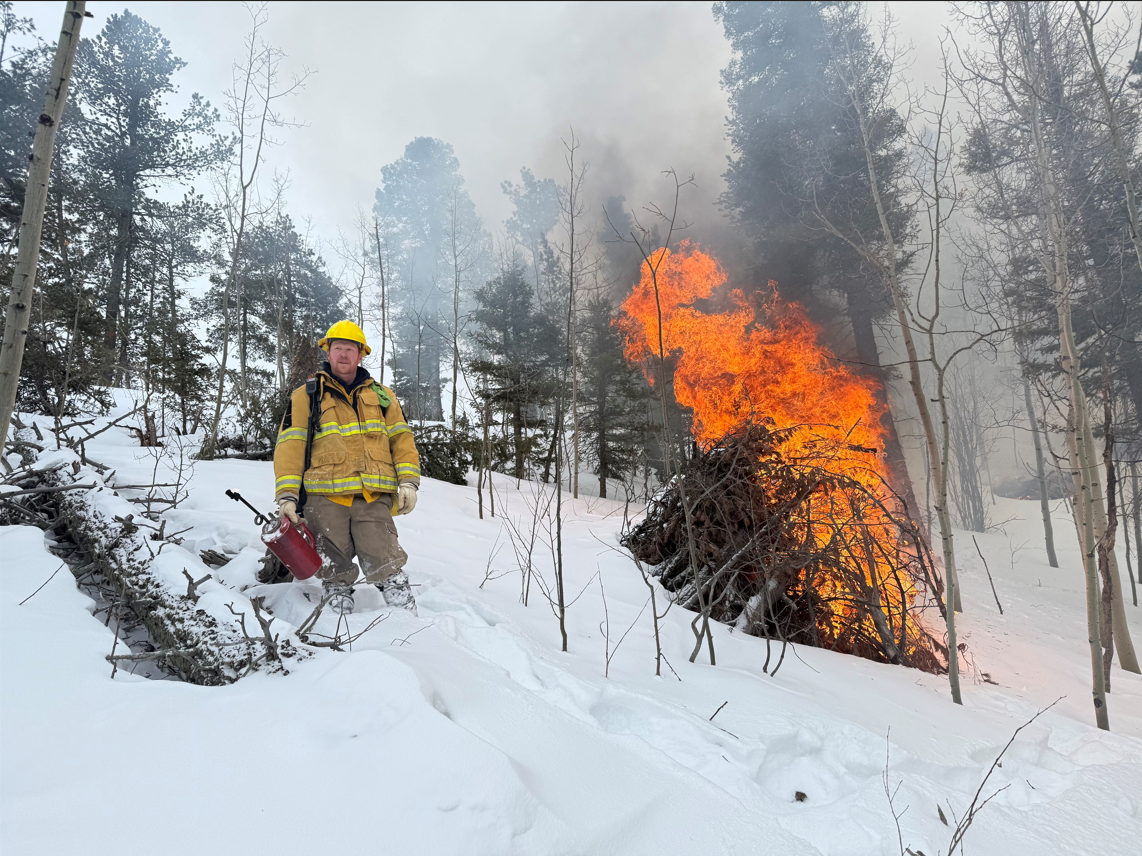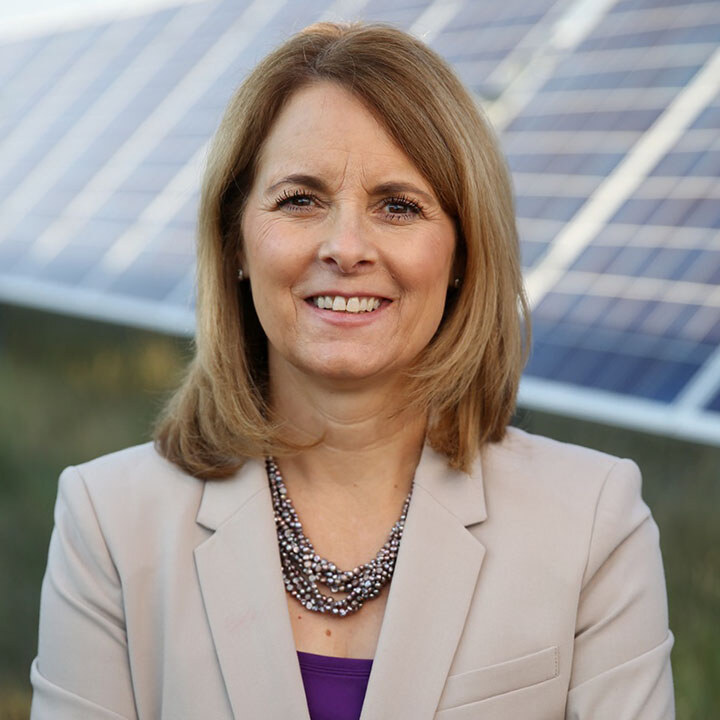
Lisa Barbato
Duration: 1 minute
Published on March 28, 2024
*See below for a quick review of how Colorado River water is shared
The Colorado River continues to make headlines as officials grapple with future management of the river. Forty million people across seven states depend on water from this basin – including Colorado Springs. Half of our water supply is sourced from the Colorado River Basin, but it accounts for nearly 70% of our total water use because we reuse those supplies. That means we have a considerable stake in future management of this river.
Changing climate conditions over the years have resulted in lower flows in the river, yet downstream users continued to pull mightily from storage. The resulting imbalance drew national attention when the nation’s largest reservoirs -- Lake Mead and Lake Powell – approached critical levels following a very dry year in 2021.
It’s now a matter of determining how to prevent a similar situation in the future. Despite some progress in negotiations, the Upper and Lower Division states submitted separate plans to the U.S. Bureau of Reclamation in early March for consideration. Each plan outlines proposed rules for storing, releasing and reducing water use in the basin, but there are notable differences when it comes to future supply cuts and basing operations on actual conditions, not forecasts.
 How the river basin became out of balance
How the river basin became out of balance
Conditions in the basin began to change soon after the Colorado River Compact was signed, and today’s reality is much different than a century ago. The Upper Division states have always ensured the Lower Division states received their Compact allocation. But as drier years became more common, that meant we often had to manage through with less than our share to meet our obligation. In other words, Colorado and the other Upper Division states have been taking cuts in Colorado River supplies for some time – cuts from Mother Nature.
Making matters worse, the Lower Division has consistently taken more from Lake Mead than they are allocated. They then pulled additional reserves from Lake Powell. When Powell’s level continued to drop, emergency releases from Flaming Gorge Reservoir in Utah and Blue Mesa Reservoir in Colorado were authorized by the Bureau of Reclamation to help shore it up. The releases from Blue Mesa that began in 2021 dropped it to less than half its normal volume and resulted in considerable economic impacts to the Gunnison Valley.
Righting the imbalance
The Lower Basin acknowledges the need and responsibility to address this imbalance in their use. However, the plan they submitted includes the ability to access Upper Basin storage. It also proposes shared cuts in water supplies should the total storage of Lakes Mead and Powell drop below 38% in the future.
Becky Mitchell, Colorado’s commissioner to the Upper Colorado River Commission, says no – no more cuts for Colorado. It’s a sentiment we share, as do the other Upper Basin states. We have always remained in full compliance with the Compact and cannot afford to take additional cuts in dry years. Our successful conservation programs and investments in reuse mechanisms that help stretch our supplies are examples of how we’ve adapted to living with less. We now expect the Lower Division states to help shoulder that responsibility.
We continue to stay involved in statewide discussions and lend our support to the Upper Colorado River Commission’s efforts on our behalf. We’re hopeful that a unified plan will be reached that provides more certainty for everyone who depends on the Colorado River.
*How Colorado River water is shared
Seven states rely on water from the Colorado River Basin. They are divided into an Upper Division/Basin (Colorado, Wyoming, Utah and New Mexico) and a Lower Division/Basin (Arizona, Nevada and California). The Colorado River begins as snowmelt along the Continental Divide in Colorado -- where we divert our supplies -- and winds its way through the southwest toward California.
The 1922 Colorado River Compact promised certainty and security of water supplies for both the Upper and Lower Division States. Each was granted use of 7.5 million acre-feet of water a year, or 750 million acre-feet on a 10-year rolling average. The Upper Division states, which receive the bulk of snowpack, are required to ensure the Lower Division states receive what they are allocated. That water is stored in Lakes Powell and Mead, which serve as storage for the Lower Basin states to draw from.
.jpg?width=790&height=593&name=20220606_174916608_iOS%20(1).jpg)
.jpg?width=1075&height=806&name=Blue%20River%20water%20tour%20082906%20012%20(3).jpg)
